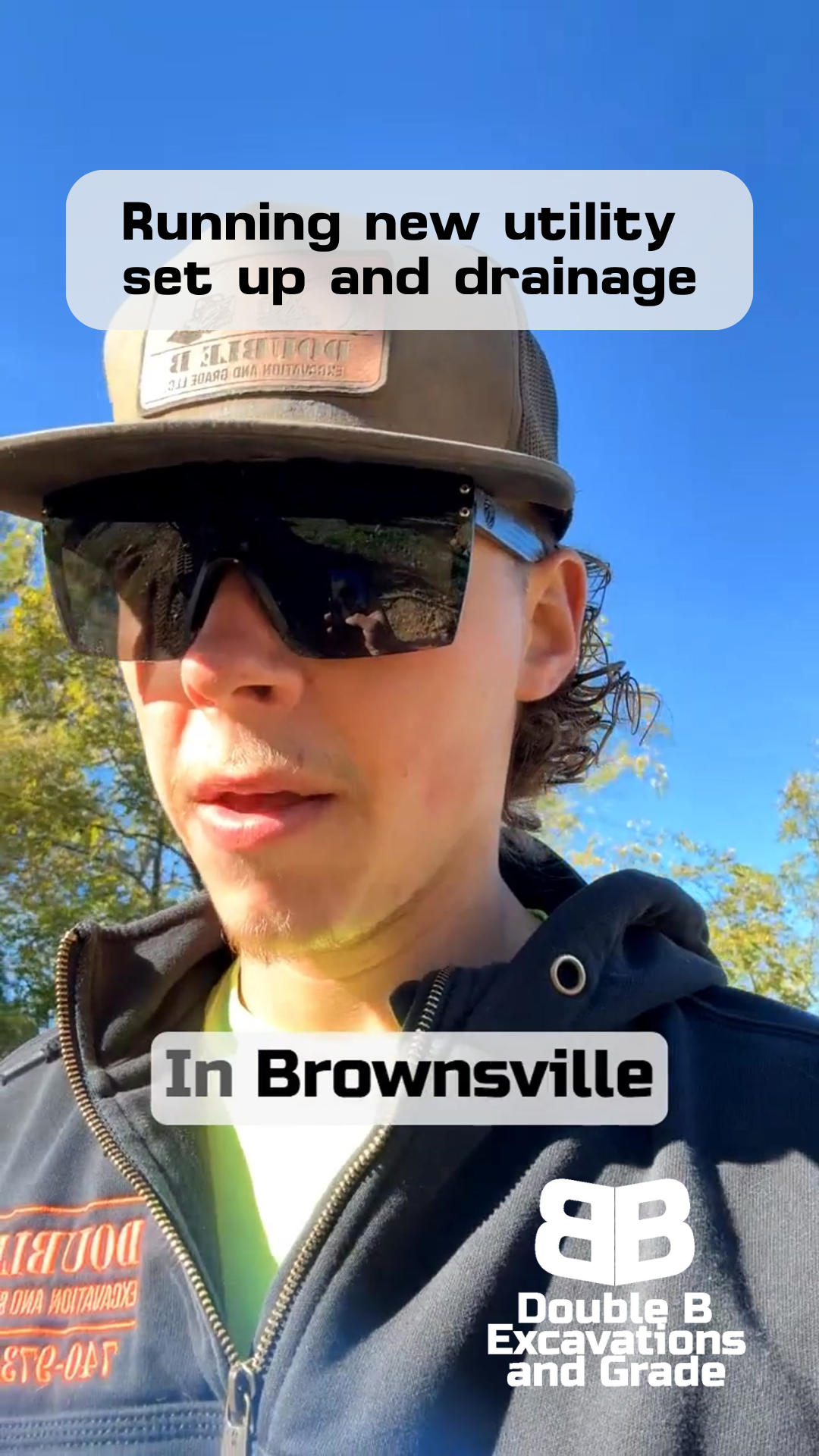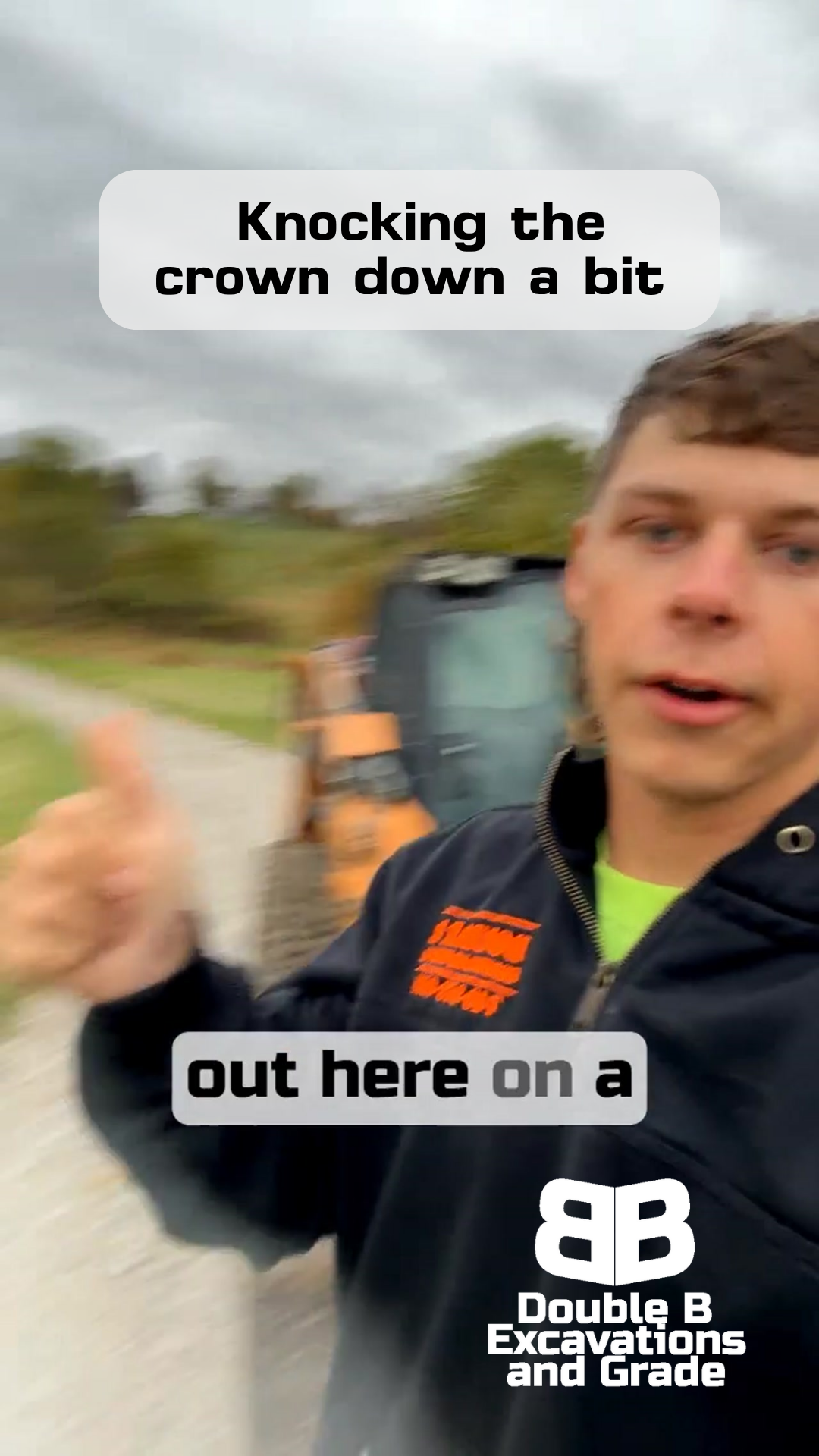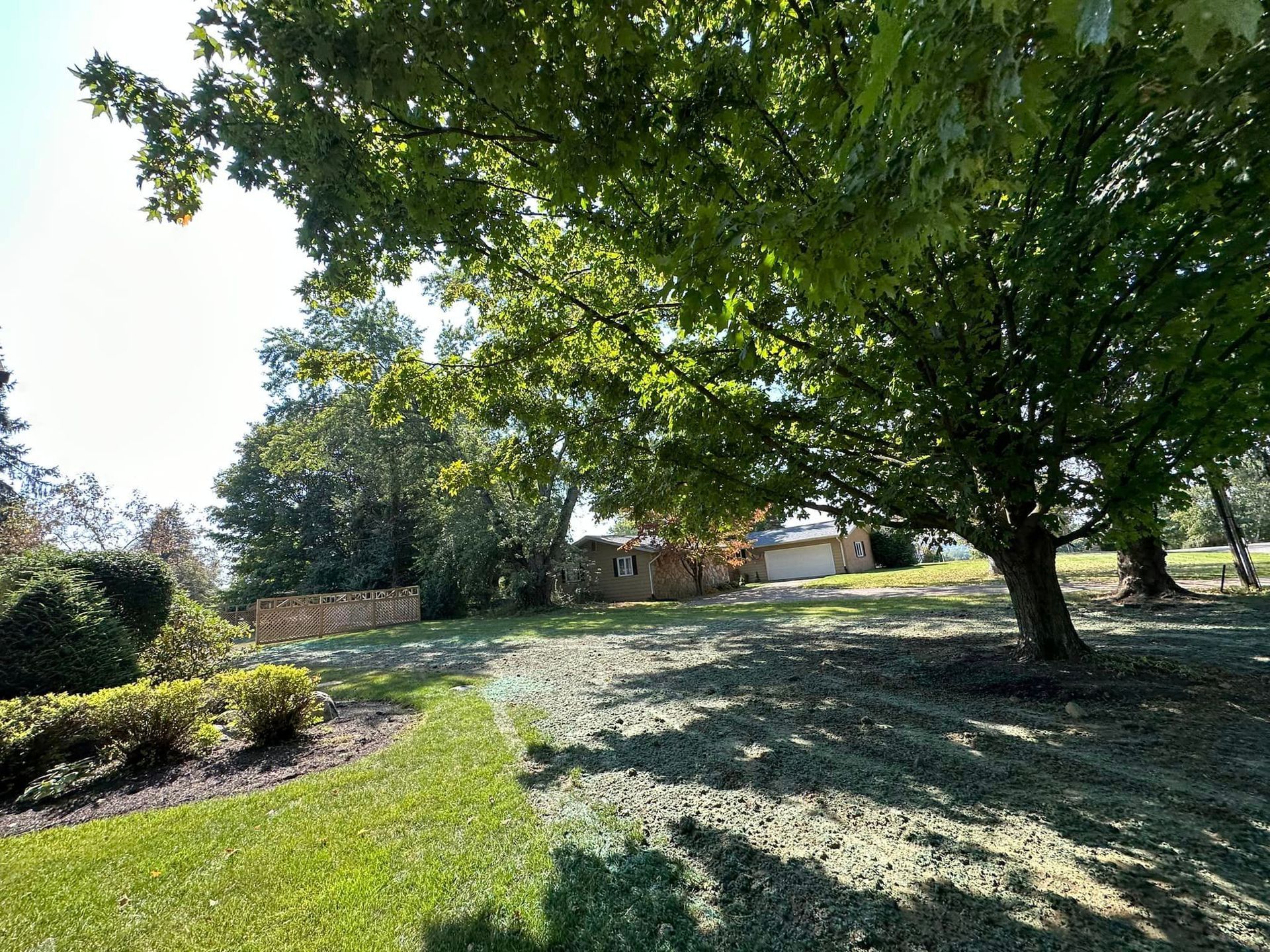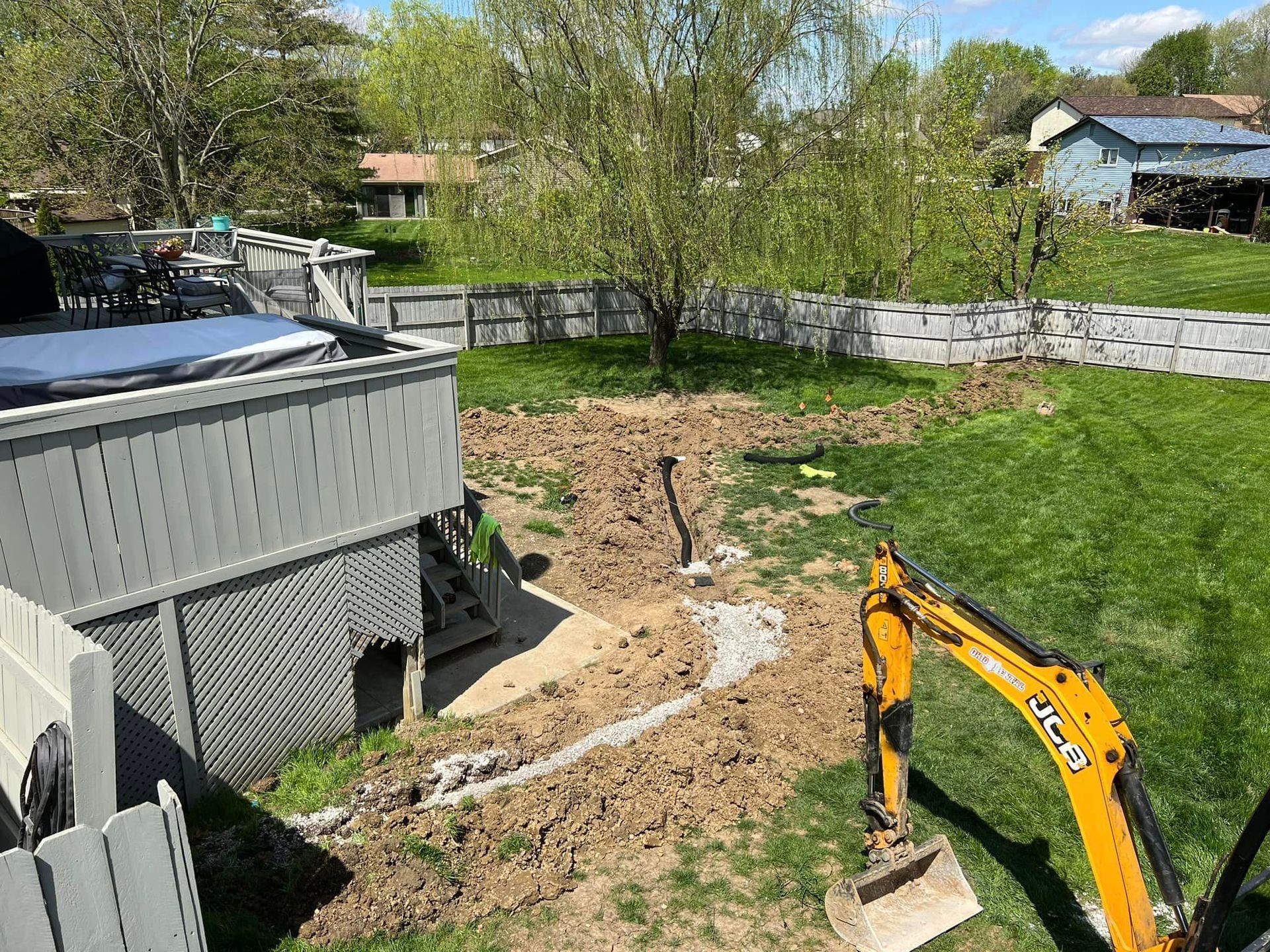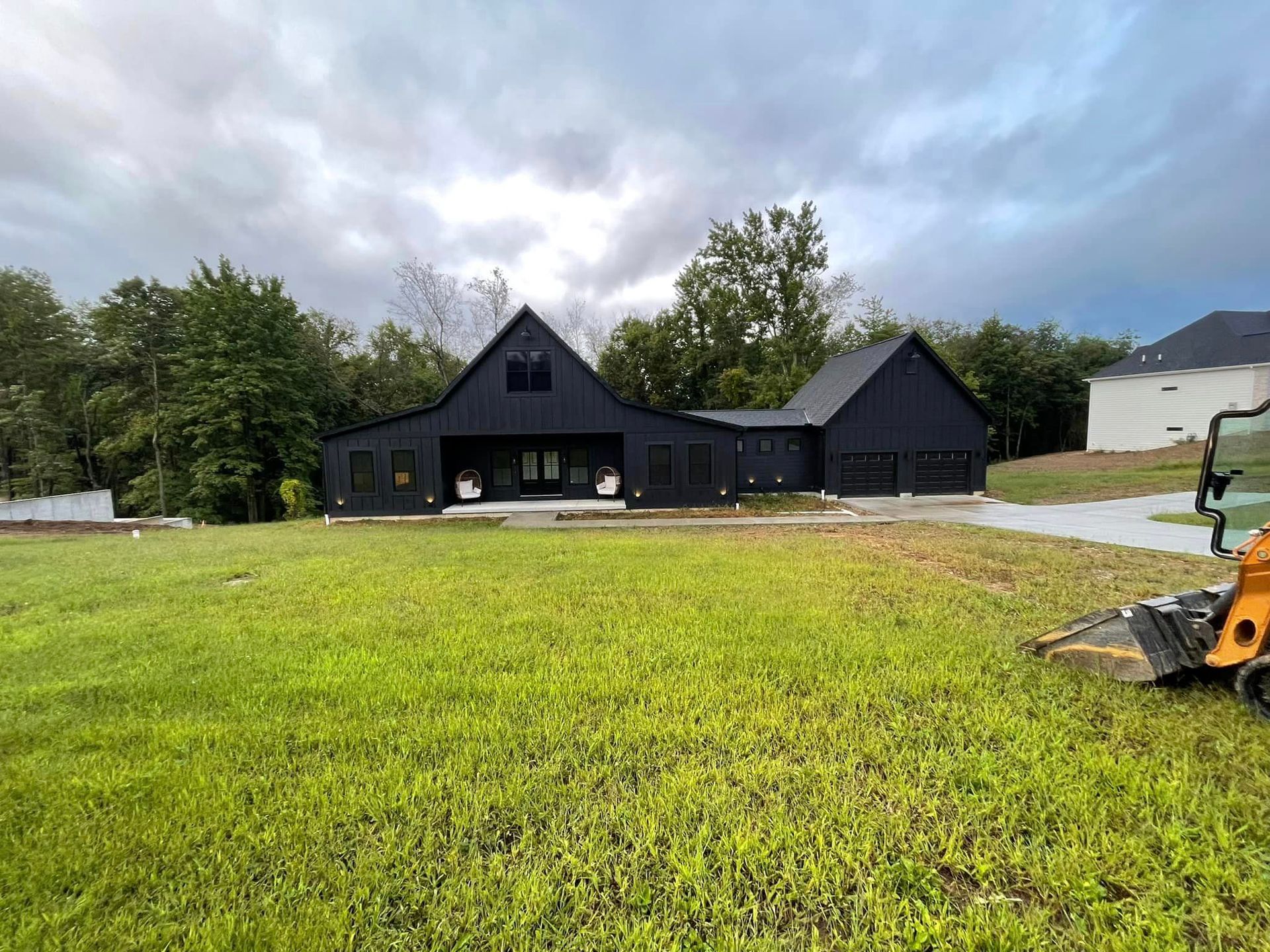Septic Line Installation: 5 Things You Need to Know About Proper Depth
Double B Excavations & Grade LLC
Understanding What's Below
WHY THE RIGHT DEPTH MAKES ALL THE DIFFERENCE
Most people don't think much about what's happening four feet underground.
But when it comes to your septic system, those first few feet make all the difference between a system that works perfectly for years and one that gives you constant headaches.
We just wrapped up a septic line installation today that's a perfect example of why depth matters so much.
When homeowners hear they need septic work, they usually focus on the cost or how long their yard will be torn up.
But for us, the critical factor is always getting that depth exactly right.
Because here's the truth: fixing a septic line that wasn't installed at the proper depth costs way more than doing it right the first time.
Welcome to Double B!
Project Context
Today's project in central Ohio gave us a typical scenario we see pretty often. We needed to install new septic lines and tie them into an existing tank. The depth we were working with ranged from 3.5 to 4.5 feet - and yes, every inch of that depth matters.
Some contractors might look at that depth range and think "close enough is good enough." But we know better. When you're dealing with septic systems, precision matters. We had to carefully dig down, make sure everything lined up perfectly with the existing tank, and test the whole system before we even thought about backfilling. This isn't just about connecting pipes - it's about making sure everything flows exactly the way it should for years to come.
What you see above ground might just look like a bunch of dirt being moved around. But underneath, there's a careful calculation happening with every foot of pipe we lay. Getting that slope right, making sure the depth is consistent where it needs to be and properly adjusted where it doesn't - these details make the difference between a system that just works and one that works right.
The 5 Critical Things to Know
- Why Depth Matters
Let me break this down in simple terms. When we talk about proper septic line depth, we're not just picking numbers out of thin air. That 3.5 to 4.5 foot depth we worked with today? There's solid reasoning behind it. First, your lines need to be deep enough to avoid freezing in Ohio winters. But they also need the right depth for proper flow - too shallow or too deep, and you're asking for problems down the road. - Standard Depth Requirements
Here's something we see all the time: people assume any depth below frost line is good enough. But there's more to it than that. Your septic lines need to work with gravity, maintain consistent flow, and connect properly to your tank. When we're digging between 3.5 and 4.5 feet, we're following proven standards that work with your whole system, not just checking a box on minimum depth. - Connection Considerations
Today's project was a perfect example of why connections matter so much. We had to tie into an existing tank, which means everything needs to line up just right. We actually had to feed the line straight through the tank - sounds simple, but get the angle wrong by even a little bit, and you're looking at future backups or worse. - Common Installation Challenges
Every septic job has its own challenges. Sometimes it's rocky soil, sometimes it's working around other utilities, and sometimes it's dealing with older systems that weren't installed quite right in the first place. That's why we test everything thoroughly before we even think about covering it back up. Like today - we made absolutely sure everything was flowing right before we called it done. - Signs of Proper Installation
Want to know if your septic line installation was done right? Here's what we look for: proper slope all the way to the tank, solid connections that don't leak, and smooth flow through the whole system. When we tested today's installation, we were looking for all these signs. If anything's not perfect, we fix it right then and there.
Behind the Scenes
This kind of work takes more than just a guy with a shovel. We're using heavy equipment to dig precisely at these depths, but we're also using our experience to know exactly how to handle each situation. Safety is huge when you're working four feet down - one cave-in could turn a simple job into a disaster. That's why we take our time and do it right.
Closing
Listen, I know septic work isn't the most exciting topic. But getting these lines installed at the right depth, with proper connections and testing, means you won't have to think about them again for a long time. That's our goal - to solve problems so well that they stay solved.
Looking Forward
If you're facing septic work on your property, don't let anyone tell you depth doesn't matter or that close enough is good enough.
We've seen too many "quick fixes" turn into expensive problems. When it comes to septic systems, doing it right the first time is always cheaper than doing it twice.
